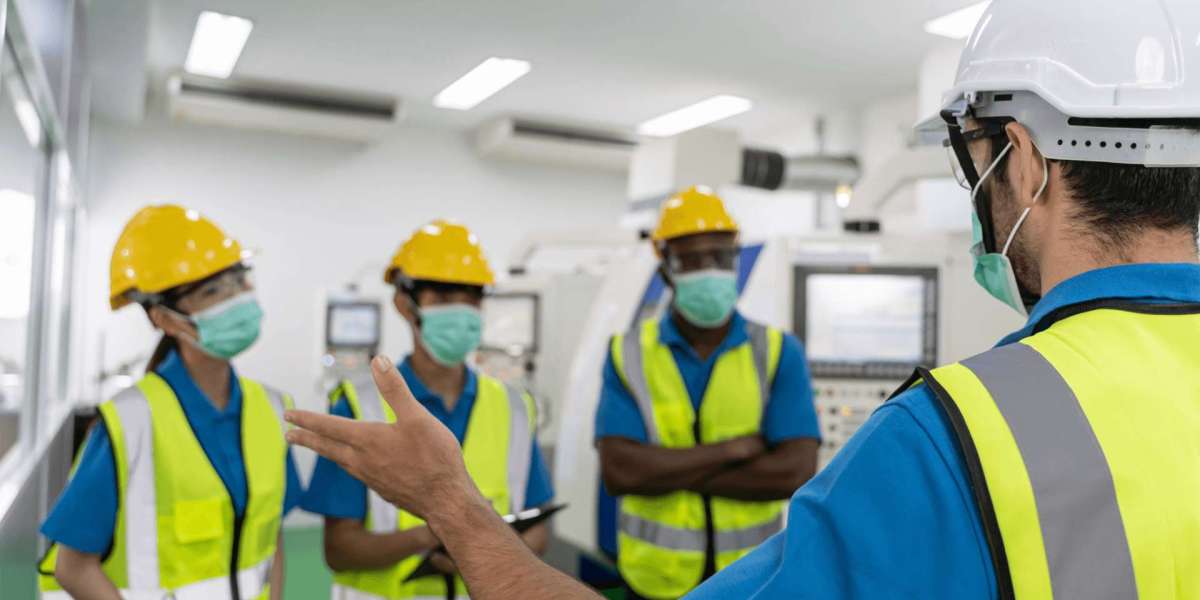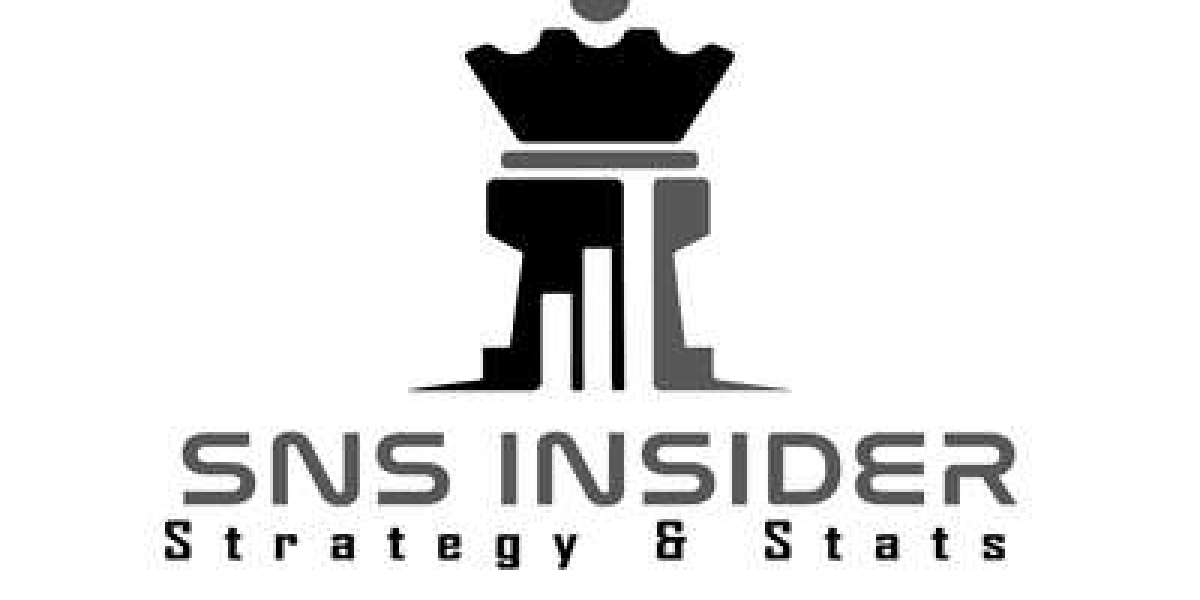Did you know that ensuring product safety and consumer protection goes beyond just quality control? It involves implementing robust Health, Safety, and Environment (HSE) measures that prioritize the well-being of both individuals and the planet.
In this comprehensive guide, we'll delve deep into the role of HSE in ensuring product safety and consumer protection. We'll explore the responsibilities of retailers in maintaining compliance, the regulations and practices that contribute to product safety, and the benefits of implementing HSE measures in business operations.
How can HSE measures prevent work-related injuries?
When it comes to ensuring workplace safety and preventing work-related injuries, HSE measures play a crucial role. By implementing effective Health, Safety, and Environment (HSE) practices, organizations can create a safer working environment for their employees. Here are some key ways in which HSE measures help prevent work-related injuries:
1. Risk Assessment and Hazard Identification
Conducting thorough risk assessments and identifying potential hazards is the first step in preventing work-related injuries. HSE measures prioritize the identification of hazards and evaluate the level of risk associated with each hazard. This allows organizations to implement preventive measures and controls to minimize the likelihood of accidents and injuries.
2. Training and Education
HSE measures emphasize the importance of training and educating employees about workplace safety. By providing comprehensive safety training programs, organizations ensure that employees are equipped with the necessary knowledge and skills to identify hazards and follow safe work practices. Proper training reduces the likelihood of workplace accidents and injuries.
3. Safety Policies and Procedures
Implementing robust safety policies and procedures is essential for preventing work-related injuries. HSE measures require organizations to establish clear guidelines and protocols that promote safe working practices. This includes protocols for using personal protective equipment (PPE), following ergonomic practices, conducting equipment inspections, and responding to emergencies.
4. Regular Inspections and Audits
Regular inspections and audits are essential components of HSE measures. By conducting routine inspections, organizations can identify any unsafe conditions or practices and take corrective actions promptly. Inspections help ensure compliance with safety regulations and provide an opportunity to continuously improve safety standards.
5. Reporting and Incident Investigation
Encouraging a culture of reporting and investigating incidents is crucial for preventing work-related injuries. HSE measures emphasize the importance of reporting all incidents, near misses, and hazards to create awareness and facilitate timely corrective actions. Thorough incident investigations help identify root causes and implement preventive measures to avoid similar incidents in the future.
6. Continuous Improvement
HSE measures focus on driving continuous improvement in safety performance. Organizations regularly review and update their safety policies, procedures, and practices to incorporate new learnings and industry best practices. Continuous improvement ensures that workplace safety remains a priority and that measures are in place to prevent work-related injuries.
What steps should retailers take to ensure the safety of imported products?
Imported products play a significant role in today's global marketplace, offering consumers a wide range of options. However, it is crucial for retailers to prioritize the safety of these products to protect their customers and maintain their trust. To ensure the safety of imported products, retailers should take the following steps:
1. Evaluate the manufacturer's reputation:Conduct thorough research to assess the manufacturer's track record in terms of product safety and quality. Look for certifications, standards compliance, and reviews from other retailers or customers.
2. Verify compliance with safety regulations:Familiarize yourself with the specific safety regulations and standards applicable to the type of products you import. Ensure that the manufacturer follows these regulations and provides the necessary certifications.
3. Conduct product testing:Implement a robust testing process to verify the safety and compliance of imported products. This includes testing for potential hazards, such as chemical contaminants, sharp edges, or small parts that may pose choking hazards.
4. Implement supplier quality management:Establish strong relationships with suppliers and regularly assess their manufacturing processes and quality control measures. Request detailed documentation and evidence of compliance with safety standards.
5. Maintain accurate records:Keep detailed records of each imported product's origin, manufacturer contact information, testing reports, and safety certifications. This information will be vital for traceability and accountability in case of any safety concerns.
6. Regularly monitor product safety:Continuously monitor and evaluate the safety of imported products. Stay up to date with safety alerts and recalls issued by regulatory bodies, such as the Consumer Product Safety Commission (CPSC).
7. Educate and train staff:Ensure that your staff is well-informed about product safety regulations and trained on identifying potential safety hazards. Encourage them to report any concerns or incidents related to product safety promptly.
What are the penalties for non-compliance with consumer product safety regulations?
Non-compliance with consumer product safety regulations can have serious consequences for retailers and manufacturers. Failure to meet these regulations can result in significant penalties and legal repercussions. Here are some of the potential penalties associated with non-compliance:
1. Fines: Regulatory agencies, such as the Consumer Product Safety Commission (CPSC), have the authority to impose hefty fines on businesses that fail to comply with safety regulations. These fines can vary depending on the severity of the violation and can range from thousands to millions of dollars.
2. Product Recalls: Non-compliant products may need to be recalled from the market, which can be a costly and time-consuming process. The expenses associated with recalls include the retrieval of products from retailers, communication with consumers, and the disposal or repair of the recalled items.
3. Legal Action: Non-compliance can also lead to legal action, including consumer lawsuits. If a product causes harm or injury due to non-compliance with safety regulations, affected individuals may file lawsuits seeking compensation for damages.
4. Reputational Damage: Non-compliance can have a detrimental impact on a company's reputation. Negative publicity surrounding unsafe products can erode consumer trust and loyalty, resulting in a loss of sales and potential future business opportunities.
5. Business Closure: In extreme cases, repeated or severe non-compliance can lead to the closure of a business. Regulatory agencies may revoke licenses or take legal action to shut down operations that consistently fail to adhere to safety regulations, especially if there is a significant risk to consumers.
How often should retailers conduct safety inspections in their stores?
Safety inspections in retail stores play a crucial role in ensuring product safety and preventing potential hazards. By regularly assessing the safety conditions within their premises, retailers can identify and address any issues that may pose a risk to consumer well-being. Here are some key considerations for conducting safety inspections in retail stores:
Establishing a Regular Inspection Schedule
- Retailers should establish a regular inspection schedule to ensure consistency and thoroughness in evaluating safety measures.
- The frequency of inspections may vary depending on factors such as the size of the store, the nature of the products sold, and the relevant industry regulations.
- It is advisable for retailers to conduct inspections at least once a month or more frequently if necessary.
Assigning Responsibility
- Designate specific individuals or a dedicated team responsible for conducting safety inspections.
- These individuals should undergo training to understand the safety protocols, potential hazards, and compliance requirements.
- They should be proactive in identifying safety issues and addressing them promptly.
Comprehensive Safety Checklist
- Develop a comprehensive safety checklist that covers various aspects of the store, including the sales floor, storage areas, restrooms, exits, and employee areas.
- The checklist should include items such as the condition of racks and shelving, proper signage for hazardous areas, functioning fire extinguishers, unobstructed emergency exits, adequate lighting, and well-maintained flooring to prevent slips and falls.
Documentation and Follow-Up
- Maintain detailed records of inspections, including the date, time, findings, and actions taken to address any safety concerns.
- Implement a follow-up system to ensure that identified issues are resolved in a timely manner.
- Regularly review and update safety protocols based on the findings of inspections and changes in regulations or industry standards.
By conducting regular safety inspections, retailers demonstrate their commitment to providing a safe shopping environment for consumers. These inspections help identify and rectify potential hazards, ensuring that products are displayed and stored safely. Retailers can proactively address safety concerns and maintain compliance with standards, ultimately safeguarding consumer well-being.








